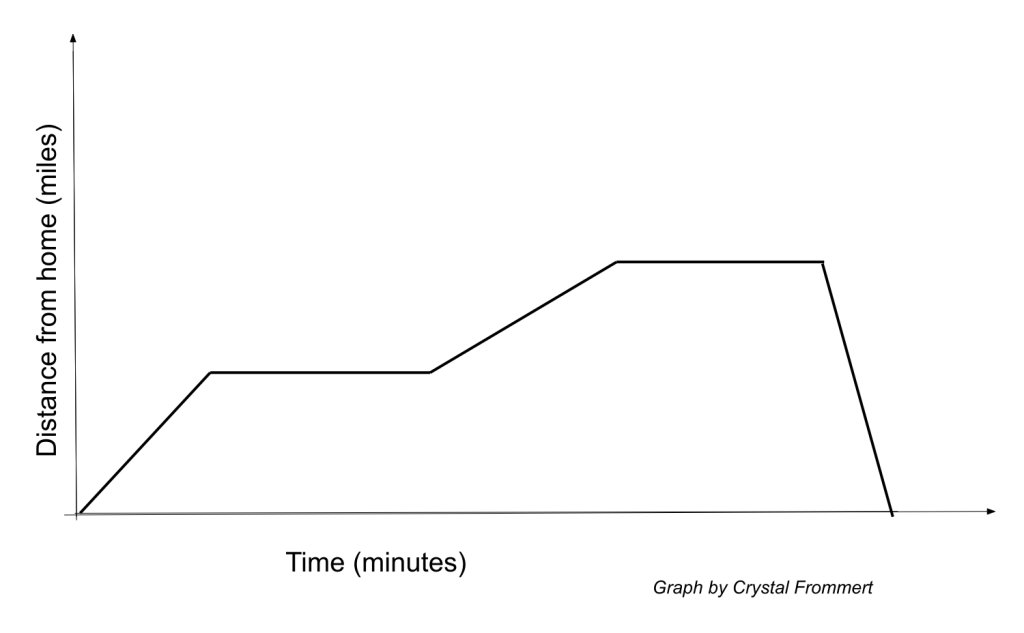Using Stories Beyond Word Problems to Teach Math
Stories can help students recall key math concepts and make the subject more relevant to them.
Your content has been saved!
Go to My Saved Content.Storytelling has its natural place in humanities subjects such as literature and history. Stories capture learners’ attention and help them connect facts (figures, dates, and events) more fluidly and meaningfully. Storytelling can also teach science concepts. The University of Texas at Arlington published examples of storytelling that include a chemical change salt lab delivered through the Japanese tale of “The Stonecutter.”
But what about storytelling in math class?
In the Edutopia article “Using Stories to Teach Math,” L.L. Barkat wrote about how literacy can teach young students mathematical concepts such as counting and number lines. In addition to math-themed picture books, concepts can come in the form of teacher anecdotes (real or not real). “Last night I ordered 3 pizzas. I had 10 friends over. What part of each pizza did each of the 11 people get?“ (One of my students answered with a cheeky joke, “You really have 10 friends?!”)
Stories can relate to students’ interests, lives, and culture to make the concepts relevant and interesting. “New ballet shoes cost $37.25, and new tights cost $18.50” will speak directly to the ballerina in your class, more than “Add $37.25 and $18.50.”
Even older students can benefit from storytelling in the math classroom. Consider the following examples of classroom-tested stories to teach middle and high school math concepts.
6 Math Topics to Teach Using Stories
1. Graphs of functions. Students learning the relationship between time and a distance on a coordinate plane might relate to a story. In the example below, the teacher can discuss concepts such as intercept and slope (negative, positive, and zero), all while telling a story about walking from home to the ice cream shop.
Students will come up with the most imaginative stories while solidifying their understanding of algebraic concepts. This also extends to stories of throwing an object for projectile motion functions.

2. Exponential growth. I told my class one day that I saw the principal in the elevator. “Hey, good news! Mrs. Soto just told me that I can choose between a 4 percent raise or making 98 percent of my current salary for next year. Which choice should I take?” Hopefully, the students will catch on quickly that this story is facetious. However, this introduction story can spark a discussion of exponential growth, decay functions, and their related graphs.
3. Solving equations. When solving equations, I ask my students to imagine the variable x being a grumpy neighbor who wants to be alone. All he wants is to be isolated from all the operations happening to him. “Consider 4x – 3 = 5. The variable x wants to be alone, but he has been multiplied by 4, then subtracted by 3. How can we undo these operations to give x the isolation he desires?”
4. Polygon characteristics. A polygon love story makes middle school students laugh every time. “Rhombus and Rectangle fell in love. Rectangle says he noticed how ‘congruent’ the beautiful Rhombus was, and it was love at first sight. They later have a baby named ‘Square,’ who has the same polygon characteristics as Mom and Dad.” I refer back to this story when students forget the classification of polygons, specifically that all squares are rectangles but only some rectangles are squares.
5. Adding/subtracting integers. When students are first learning how to combine positive and negative integers, the concept of “zero pair” can be too abstract. However, if a positive ninja represents a positive one and a negative ninja represents a negative one, they have equal but opposite strength and will fight to a zero pair.
When a student is stuck on –5 +16, I ask, “If 5 negative ninjas encounter 16 positive ones, who will win out in the end?” Students often visualize the zero pairing and answer promptly, “11 positives are left!”
6. Angle classification. Just like the aforementioned salary raise story, this one is facetious. I draw an acute angle and tell my class that this is the layout of my first apartment. “It was a cute apartment!” (Pause for laughter.) The story goes on that my neighbor “Jason” lived “adjacent” to me—we shared a wall. When I was able to supplement my income, I moved to a much bigger place (drawing an obtuse angle that creates a straight line with the original acute angle).
The students always get a kick out of the story, and they don’t forget angle vocabulary.
A Warning About Math Stories
Be cautioned: Storytelling can get too detailed and complicated, which risks losing the math concept. You want the students to remember the math, not the cute details of Rectangle and Rhombus’s first date. Be mindful to keep the math content correct in the stories.
For example, a popular trick for converting fractions into decimals is the “cowboy/horse” story. The horse (the denominator) is on the bottom and sleeps outside the house (the division bracket), and the cowboy (the numerator) sleeps inside the house. The horse and cowboy have nothing to do with math concepts. It’s far more effective to actually teach why the numerator is divided by the denominator. Tina Cardone’s book Nix the Tricks is an excellent resource for math teachers wanting to avoid non-math-related tricks.
Give storytelling a try in your next math unit. Start with your own anecdote (real or imagined), and see how the students connect with the math in the story. Your students can flex their creativity and critical thinking by creating their own math stories. Stories in math class set the stage for contextualizing complex concepts while also making the math a little more human.
